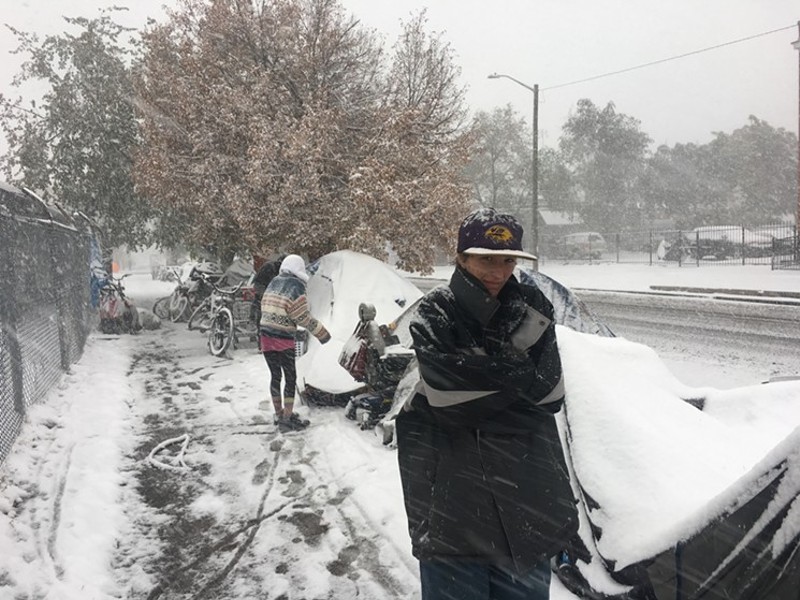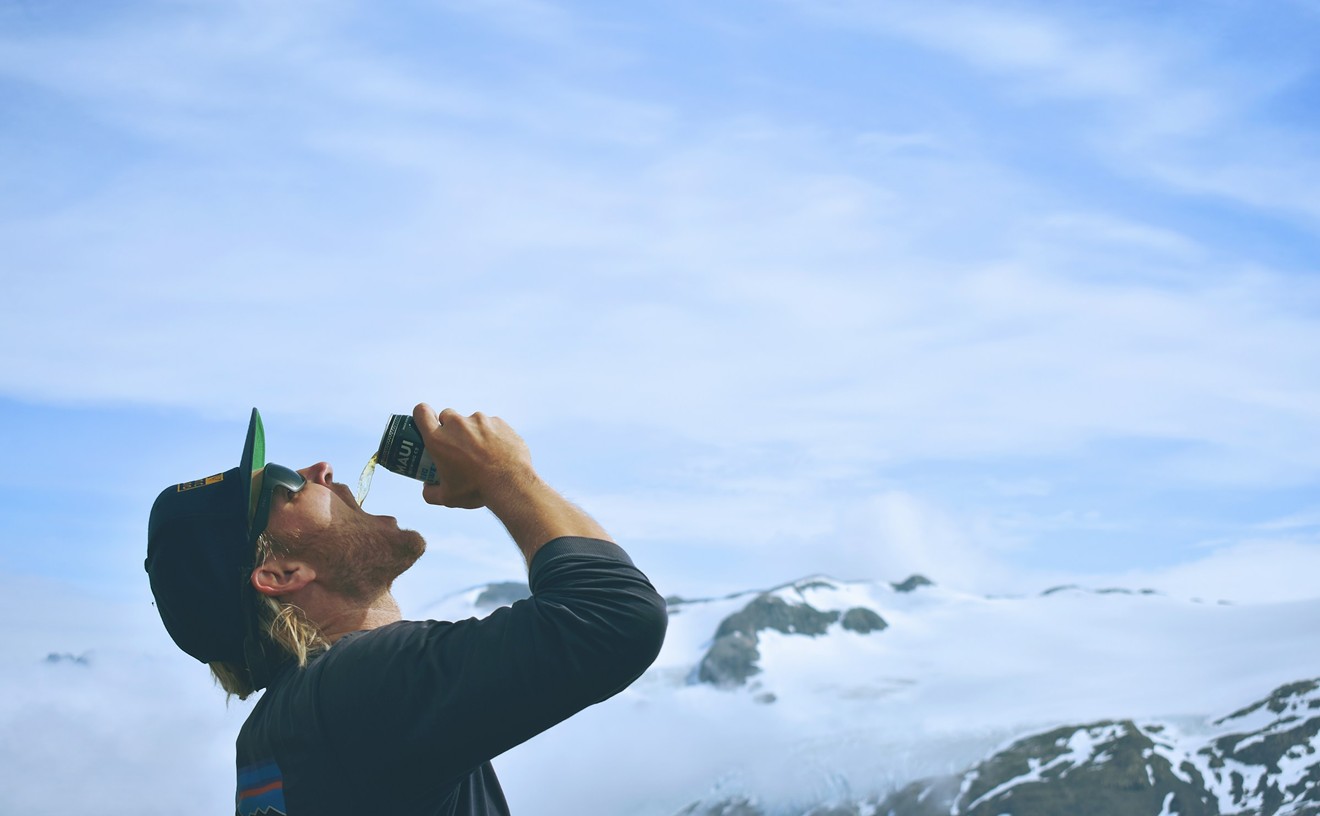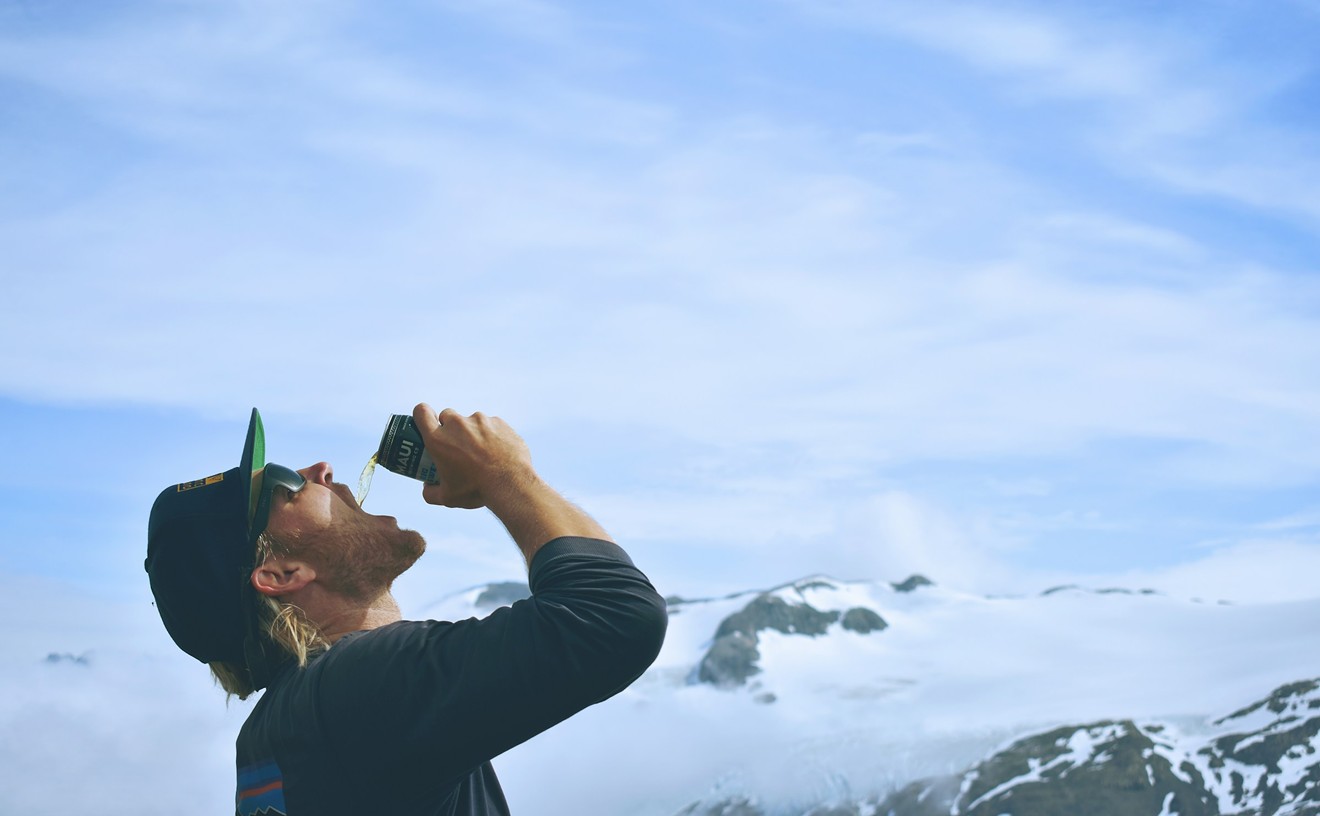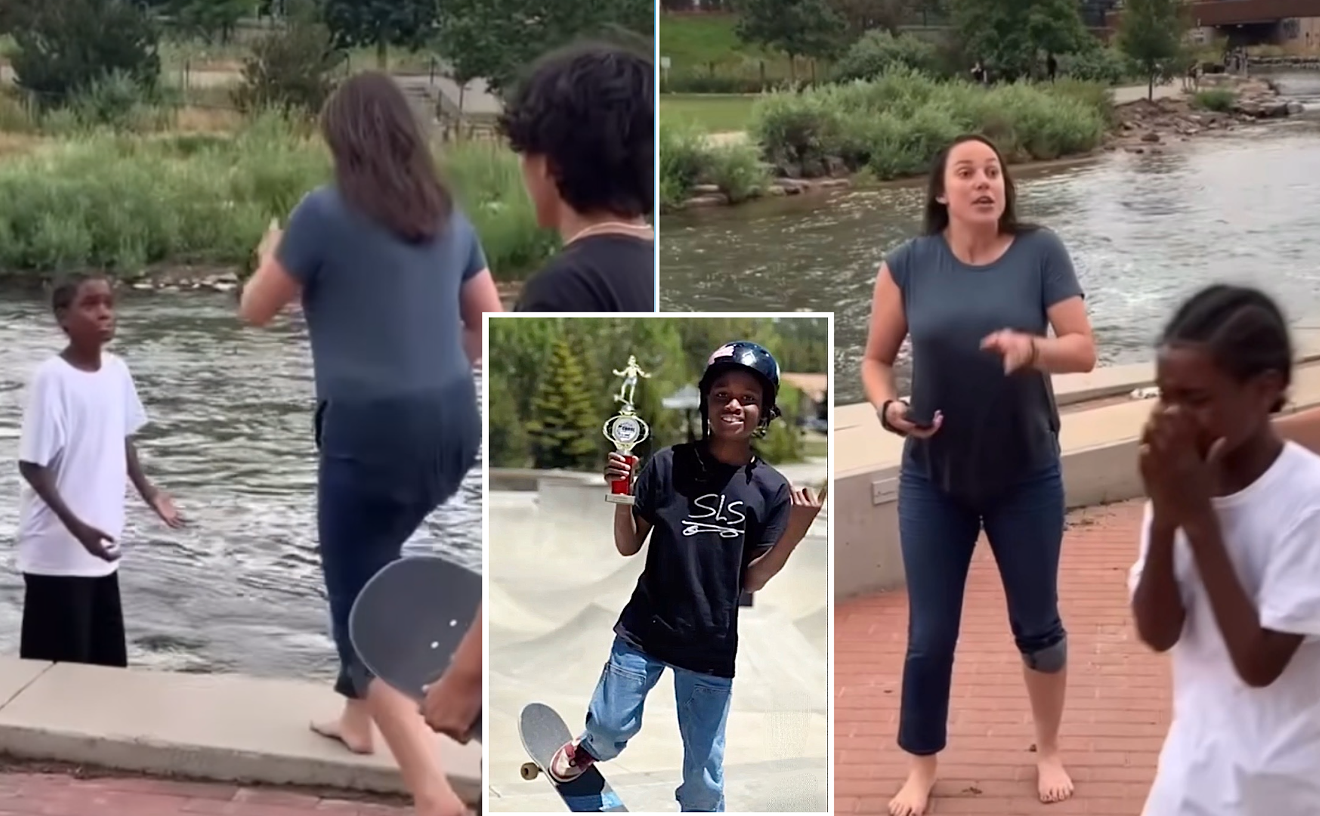As temperatures drop and criticism heats up, Denver officials are revisiting their approach to opening warming locations at recreation centers during cold weather.
"As cities have really enhanced and heightened the awareness around people experiencing homelessness and sheltering, I think that there might be more current information out there that can help inform not only the thresholds we’ve set, but also more qualitative criteria that we can talk about as agencies," Greg Thomas, the environmental quality division director at the Denver Department of Public Health and Environment, said during a November 16 Denver City Council Safety, Housing, Education and Homelessness Committee meeting.
During that meeting, Department of Housing Stability officials described how the city manages its shelter system over the winter. Shelters, many of which are open 24/7, are available to people experiencing homelessness throughout the year. And during bad weather in recent years, the City of Denver has also opened warming spaces in recreation centers during regular business hours.
Earlier this year, the city formalized this practice for cold weather, determining that warming centers would be open if there is a weather advisory coming from the National Weather Service that forecasts a temperature below 10 degrees or shows the potential for six or more inches of snow in Denver.
"This is an activation above and beyond our shelter system for folks experiencing homelessness, and something for everybody in the community to be able to access," Angie Nelson, a deputy director at the Department of Housing Stability, said at the November 16 meeting.
But members of the public only recently became aware of the 10-degree threshold after word spread on social media. A handful of medical doctors then sent emails to city officials, strongly encouraging them to push for a change in policy.
"One study from Poland, a notoriously cold climate, showed that among homeless individuals, the largest number of deaths, approximately 40 percent occurred during moderate cold stress and 9 percent of deaths occurred in strong cold stress conditions. In this study, moderate cold was defined as 32 degrees and strong cold stress was much lower. This would make the case for making sure that warming centers are open at 32 degrees because the cold stress can cause considerable mortality among people experiencing homelessness — more so than people NOT experiencing homelessness," Josh Barocas, a doctor and associate professor of medicine at the University of Colorado School of Medicine, wrote to all Denver City Council members.
In another email to councilmembers, Sarah Axelrath, a street medicine physician with the Stout Street Health Center, wrote, "People experiencing unsheltered homelessness are often reluctant to access emergency shelters unless absolutely necessary and may not present during moderate cold temperatures between 10 degrees and 32 degrees. Many of my patients who are accustomed to sleeping outside also underestimate their risk for cold-related injury and so for multiple reasons will not access a shelter unless temperatures become critically low. They might, however, access a local warming shelter, thereby having a place to stay warm while they gather resources and strategize how to get through the night safely."
During the meeting, Councilmember Robin Kniech echoed this point: "To me, the fact that there is space available in an otherwise 24/7 facility does not necessarily negate the additional people we might serve if we opened warming and cooling centers."
Councilmember Candi CdeBaca said she wanted DDPHE and HOST to take action on this matter immediately: "These are public facilities that should be utilized in any possible way to protect life in our city, so I would like to see revisions to these numbers ASAP."
According to the DDPHE's Thomas, the City of Denver first set temperature thresholds — there's also one for cooling centers when temperatures rise to 100 degrees — during the mayoral administration of John Hickenlooper, at the start of Denver's Road Home. At the time, the thresholds were geared to the activation of emergency shelters; the move to open recreation centers as warming and cooling spaces is a newer practice.
"Now that we have the concept of daytime warming or cooling centers, we are going to revisit those thresholds," Thomas said.
Governments across the metro area take varying approaches to warming centers.
In Aurora, the city's Day Resource Center is always open during the day, notes city spokesperson Michael Bryant, as are libraries.
"When winter conditions are more dangerous during the day, our outreach teams go out more and stay out later to offer people transportation to shelter. The Aurora Cold Weather Outreach Team (ACOT) is activated on evenings when the weather is predicted to be 20 degrees or below, or if there is cold weather and precipitation," Bryant says.
In west Arapahoe County and Jefferson County, the Severe Weather Shelter Network has no daytime shelter. According to Lynn Ann Huizingh, the network's executive director of development, "We are doing a new thing this season. We are opening our shelter spaces at 3 p.m. on designated severe weather nights to welcome people inside earlier than the previous 6:30 p.m. Overnight projected temperatures are what mobilize us to open our shelter space. Thirty-two degrees or colder with at least 2 hours of active moisture in the overnight hours. Twenty degrees or colder with no active moisture projected in the overnight hours."
Boulder's system is somewhat like Denver's. "When critical weather conditions are expected to be reached during the daytime, the shelter will remain open to the people who stayed the night before. Critical weather conditions are when the forecast to be 10 degrees or below and/or six inches or more of snowfall is expected," says Lyndsy Morse-Casillas, a spokesperson for the City of Boulder.
And in Broomfield, the city and county activates its Severe Weather Action Plan when it's 32 degrees or below and raining or snowing or 20 degrees below and dry. At these times, a local nonprofit agency, Almost Home, assesses "each individual situation and may administer hotel/motel vouchers directly to individuals as the weather poses a threat to the well-being and lives of people experiencing unsheltered homelessness. Other resources may include referral to a nearby shelter or providing individuals with severe weather supplies," according to Dan Casey, director of Broomfield's Department of Human Services.
In the wake of criticism and new information, Denver had already started adjusting its program when the committee met. "We’ve modified those criteria as of this morning," Thomas said, noting that although the overnight low temperature will hit 10 degrees this week, the daytime high temperature won't get that high, either.
"I think this is a work in progress," he added. "We will do a deep dive on the public-health impacts of temperature and activation."
But after the committee meeting, the city worked fast. Within hours, the DDPHE had announced that recreation centers will be open as warming spaces today, November 17, and again tomorrow, November 18, during normal business hours: "With frigid temperatures in the forecast, the City and County of Denver is offering support to help residents stay warm and healthy."
And HOST subsequently announced that it will be using the Carla Madison Recreation Center, 2401 East Colfax Avenue, as an extra overnight shelter for people experiencing homelessness over the next two days; the rec center portion will be closed from 7 p.m. to 9 a.m. Find out more here.
[
{
"name": "Air - MediumRectangle - Inline Content - Mobile Display Size",
"component": "12017618",
"insertPoint": "2",
"requiredCountToDisplay": "2",
"watchElement": ".fdn-content-body",
"astAdList": [
{
"adType": "rectangle",
"displayTargets": "mobile"
}
]
},{
"name": "Editor Picks",
"component": "17242653",
"insertPoint": "4",
"requiredCountToDisplay": "1",
"watchElement": ".fdn-content-body",
"astAdList": [
{
"adType": "rectangle",
"displayTargets": "desktop|tablet"
},{
"adType": "rectangle",
"displayTargets": "desktop|tablet|mobile"
}
]
},{
"name": "Inline Links",
"component": "18838239",
"insertPoint": "8th",
"startingPoint": 8,
"requiredCountToDisplay": "7",
"maxInsertions": 25
},{
"name": "Air - MediumRectangle - Combo - Inline Content",
"component": "17261320",
"insertPoint": "8th",
"startingPoint": 8,
"requiredCountToDisplay": "7",
"maxInsertions": 25,
"watchElement": ".fdn-content-body",
"astAdList": [
{
"adType": "rectangle",
"displayTargets": "desktop|tablet"
},{
"adType": "rectangle",
"displayTargets": "desktop|tablet|mobile"
}
]
},{
"name": "Inline Links",
"component": "18838239",
"insertPoint": "8th",
"startingPoint": 12,
"requiredCountToDisplay": "11",
"maxInsertions": 25
},{
"name": "Air - Leaderboard Tower - Combo - Inline Content",
"component": "17261321",
"insertPoint": "8th",
"startingPoint": 12,
"requiredCountToDisplay": "11",
"maxInsertions": 25,
"watchElement": ".fdn-content-body",
"astAdList": [
{
"adType": "leaderboardInlineContent",
"displayTargets": "desktop|tablet"
},{
"adType": "tower",
"displayTargets": "mobile"
}
]
}
]












